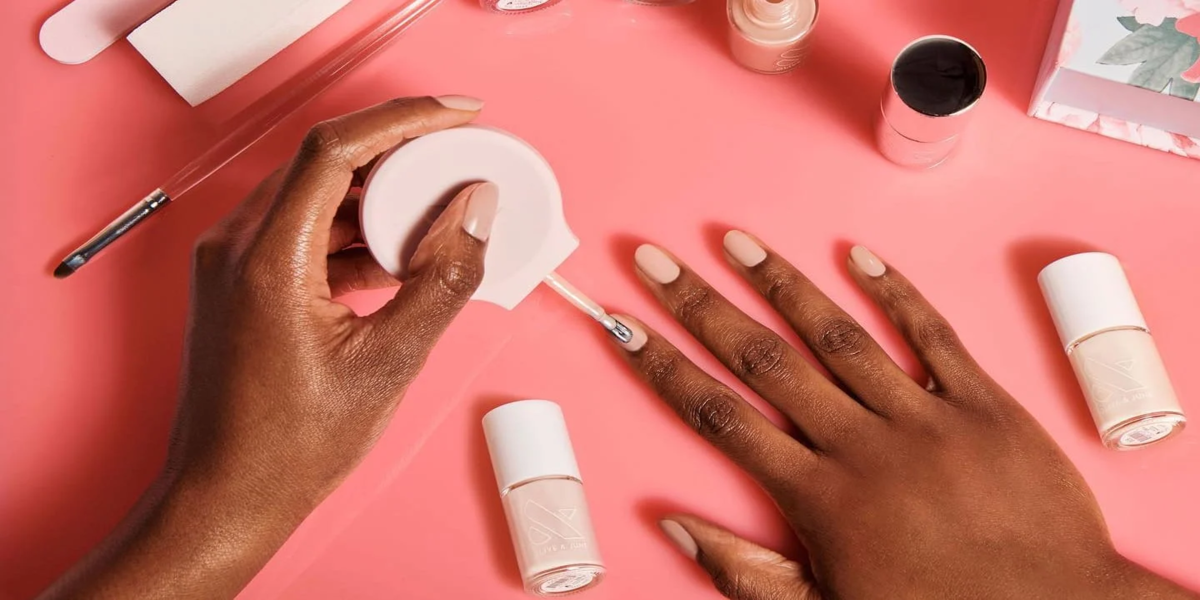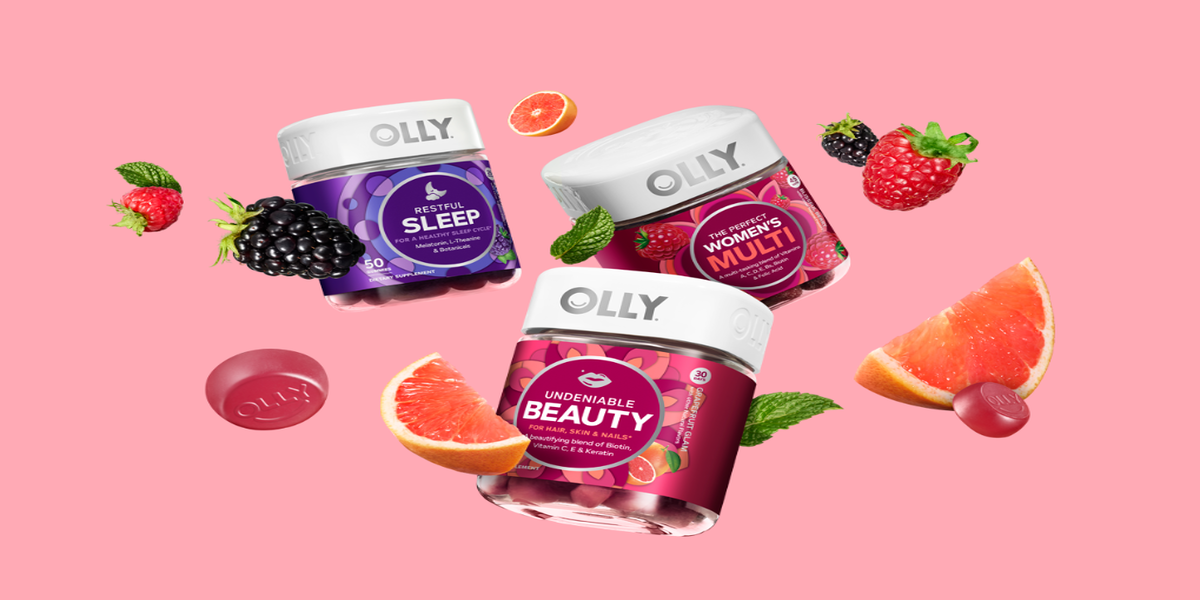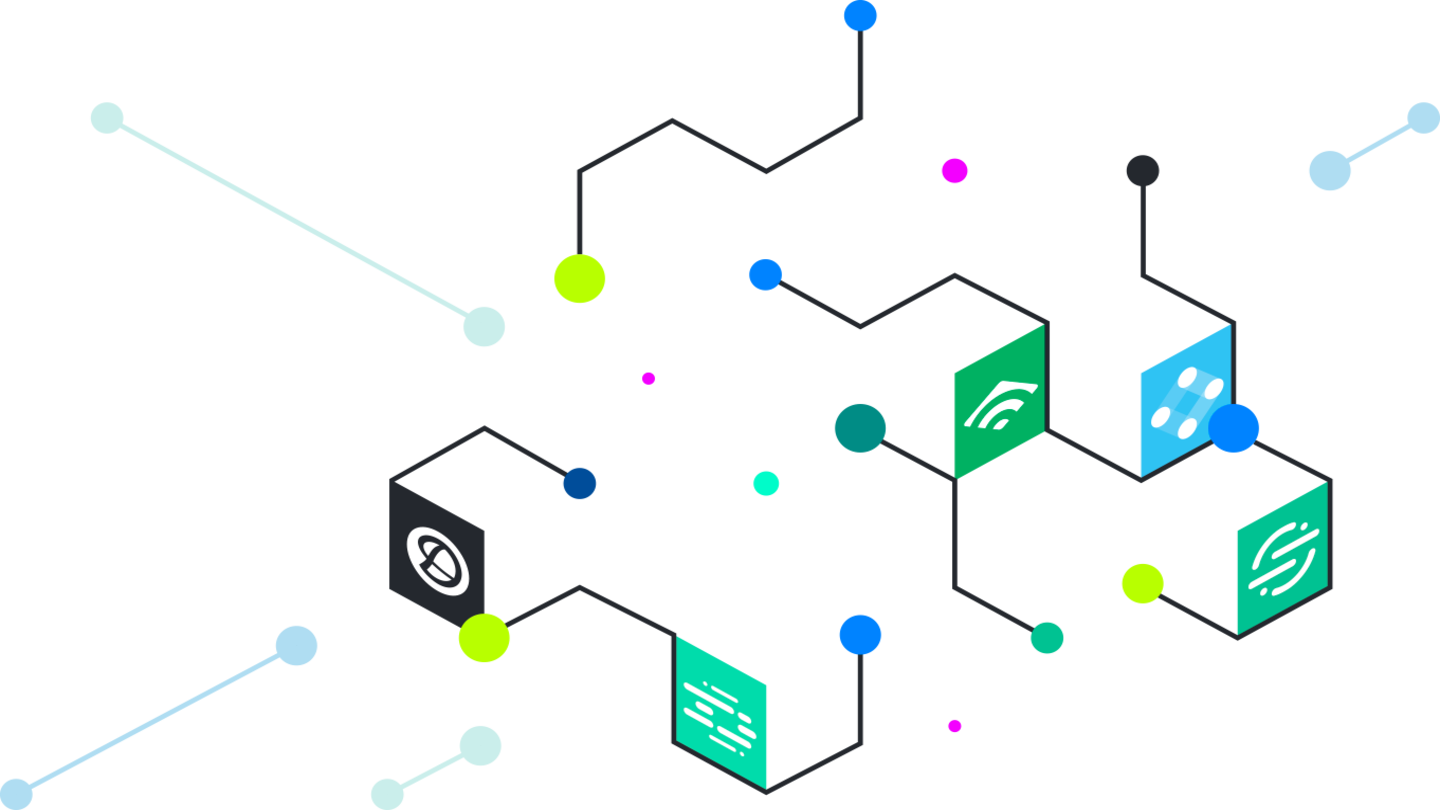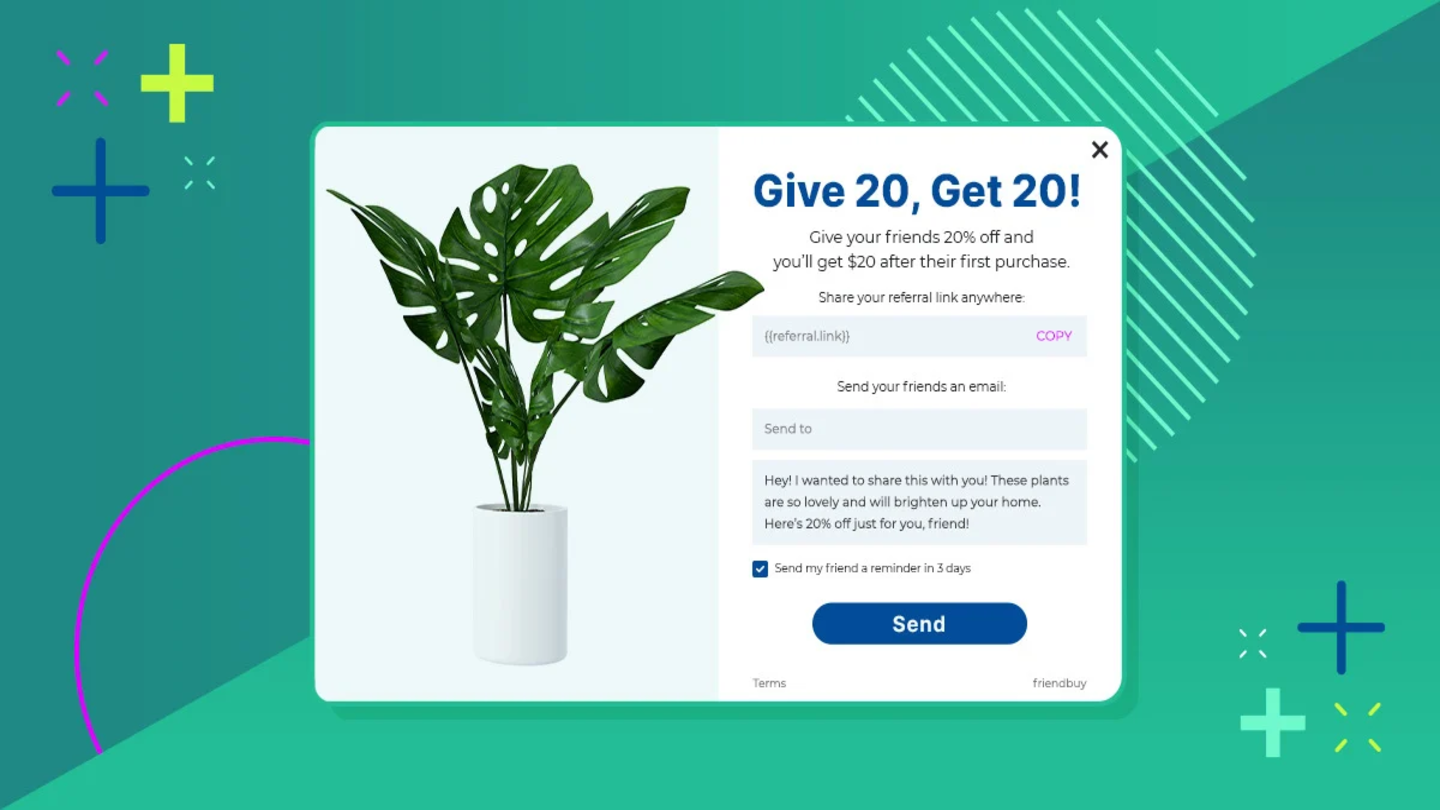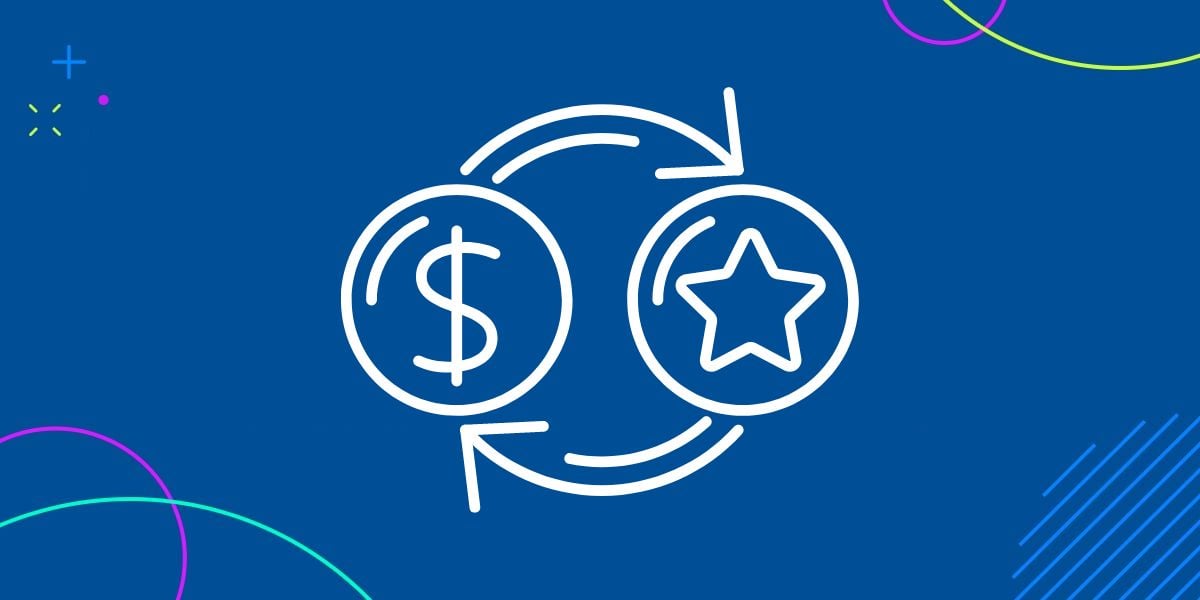Share this article
Table of Contents
The benefits of loyalty programs are not exactly breaking news. Boosting customer loyalty also boosts the bottom line. A loyal customer is one who continues to generate revenue for your business. According to McKinsey, loyalty programs mean 64% of customers are willing to buy from your brand more frequently.
But while it’s not hard to imagine how customer loyalty might drive revenue, the specific benefits of loyalty programs deserve their own definition. Is it worth spending time, energy, and money on a loyalty program?
Answering that question means diving deeper into the specific benefits of these programs, learning how to measure those benefits, and ultimately shaping your loyalty program into one that inspires long-term customer relationships.
Why Are Loyalty Programs Important?
Loyalty programs are intuitive. After all, which business wouldn’t want its customers to keep coming back? But there’s a big gap between hoping for loyalty and implementing the systems that incentivize that loyalty.
Ideally, your company should earn customer loyalty through high quality. Maybe it’s product quality. Maybe it’s a great unboxing experience. Maybe it’s the fantastic customer support that goes above and beyond for your customers. But even if you do master these individual offerings, a loyalty program can incentivize customers to keep thinking of your brand when they want to make a new purchase.
That’s where loyalty programs come in. According to McKinsey, paid loyalty programs made customers 43% more likely to buy weekly after joining the program. In other words, loyalty programs are the most direct way to incentivize repeat business.
Even if you do a great job with your product quality and customer service, it still leaves a potential gap. A satisfied customer can become a loyal customer, but they don’t have to. A paid loyalty program, however, has an almost magnetic pull. If a customer enjoys your product and sees incentives to keep buying from you, repeat business suddenly has more appeal.
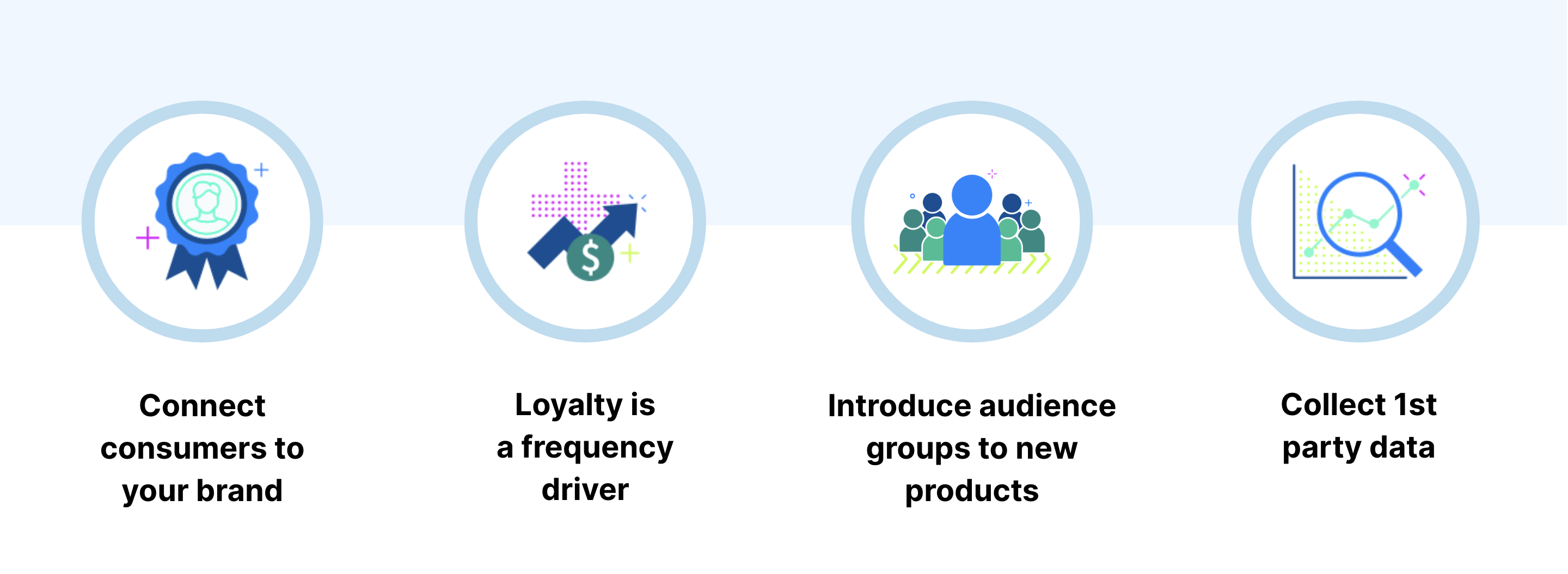
Once you get the loyalty program rolling, there are four major opportunities:
- A loyalty program helps to establish a strong connection between consumers and your brand, helping you to remain top-of-mind for customers when making purchasing decisions.
- Many loyalty programs are designed to incentivize customers to make more purchases, increasing frequency and driving sales.
- Loyalty programs can be used to promote and boost sales of new products to specific customer segments.
- Loyalty programs provide an opportunity to collect first-party data directly from customers, which can be valuable in the face of growing concerns about data privacy and the use of third-party data.
More importantly, a good loyalty program is strategic. Use it the right way, and it can solve a host of problems your company might have. Here’s how.
Learn more: Interested in Loyalty Marketing? Start Here
Top Benefits of Loyalty Programs
Customers who join loyalty programs are already 43% likely to make regular purchases, as McKinsey pointed out. And according to the same report, they’re 59% more likely to choose your brand over your competitors.
But is it just a matter of boosting customer preference? A good loyalty program can yield specific, measurable benefits. Let’s dive into what they are.
Buffer slow seasons
Anyone who’s owned a business before knows that it’s difficult to make them steady. One month you may be up and projecting revenues that blow your hair back. The next month, you might be wondering how to make payroll.
Think of loyalty programs as a way to “buffer” these slow seasons by maximizing the long-term value you get out of the long seasons.
Some ecommerce businesses seem to offer products with equal demand all year long. But chances are, your business isn’t one of them. There’s an ebb and flow in almost every niche. One key benefit of loyalty programs is that they can function like an “upsell” to new customers you attract during the busy seasons.
The concept of the upsell is simple. When a customer trusts you enough to buy from you the first time, they might be amenable to additional purchases. We see this in practice in every grocery aisle, where grocery managers make strategic use of “impulse purchases” that are easy to add to the order.
In this case, you’re not trying to sell candy. You’re trying to sell the concept of brand loyalty. And the easiest time to do that is in the busy seasons when your company sends out the most post-purchase emails.
.png?width=1600&height=853&name=thanks%20email%20flaviar%20(1).png)
Take the example above. In a “thank you for your order!” email, Flaviar included a quick incentive for joining a customer referral program. Insert your loyalty program into the same strategy, and you’ll have a recipe for repeat business. This is especially potent during the holiday season and the early months of the new year. Many brands are looking for ways to inspire loyalty during the first quarter. But you can do better. Plant those seeds during the holidays.
Reduce marketing costs
Ideally, a free loyalty program will be enough to drive the kind of loyalty we’re talking about. But according to McKinsey, free loyalty programs only drive about half the revenue of paid loyalty programs. That means investing in a loyalty program can reduce overall marketing costs. That’s especially true if you use variables like ROAS, or Return On Advertising Spend.
How does the math work out? In the same McKinsey study, they found that 62% of customers were likely to spend more on the brand, simply by virtue of belonging to the loyalty program.
“Paid programs…typically derive higher customer value from those who sign up,” wrote McKinsey.
This also shows up in long-term value, or Customer LIfetime Value (CLV). Capture one $60 customer in a loyalty program and they may keep returning to your store, month after month, driving revenue you would never have seen if you hadn’t advertised your loyalty program.
But look at benefits even beyond CLV. Consider the behavior of loyal customers who are comfortable with your brand. HubSpot found that 87% of customers, for example, are open to sharing details of their activities with brands…if that leads to more personalized rewards.
A customer who engages in your loyalty program is a customer who’s willing to interact with you. That shows up in how often they purchase from your company, sure. But it also has ancillary benefits, such as:
- Being willing to share activity details
- Potentially answering more customer surveys and filling out feedback forms
- Being open to joining refer-a-friend programs
Add it all up, and a paid loyalty program can save you money on marketing.
Create mailing lists
Your loyalty program is a customer list, in a sense. But it has even more powerful effects when you roll it over into mailing lists. And any marketer knows how powerful email and SMS lists can be in consistently generating marketing engagement with a high return on investment. Consider the case of email marketing lists, for example. According to Hubspot, they generate $36 ROI for every $1 spent.
In How to Grow Your SMS Subscriber List with a Referral Program, we touched on what this can mean for your marketing team. There are a few points to take away:
- Engagement. Regulations require that customers willingly volunteer their numbers and email addresses to join these lists. That means that anyone who joins yours is already, by definition, more engaged than the average web visitor. At the very least, your SMS and email marketing campaigns are going out to people who want to hear what you have to say.
- Segmentation. SMS and email marketing software typically offers customer segmentation. This means you can split customers into specific categories, offering each category different messaging in your campaign. For example, customers who are on the cusp of making a purchase might require different messaging than customers who have only recently heard of your brand.
- Personalization. There’s nothing quite like personalization to make people feel more engaged and loyal to your brand. Surveys even show that 99% of marketers say personalization helps advance customer relationships. After all, loyalty should feel like a two-way street. Aren’t you more likely to be loyal to the restaurant on the corner of the street where the owner knows your name? It works that way in ecommerce, too.
Using these key advantages in SMS and email marketing, you’ll have all sorts of tools at your disposal. How do loyalty programs factor in? You can use similar tactics to get people to sign up for SMS or email lists. Offer sign-up incentives. Give them loyalty points if they add their email to your newsletter, for example.
Once you have enough numbers and email addresses, you’ll have a reliable list of loyal customers you can contact with promotions, offerings, and seasonal campaigns.
Want to know how to improve the size and quality of your SMS and email marketing lists? Here are some ways we recommend:
- Incorporate referral marketing. Using a service like Friendbuy, for example, you can set a specific action to trigger a reward. This means that a customer who refers a friend who signs up for your newsletter can potentially earn loyalty points.
- Mention your lists after a purchase. A good post-purchase email shouldn’t be a dead-end. It should open all sorts of interesting opportunities. Use your post-purchase emails to send incentives, like discounts and loyalty points, to encourage people to join your lists.
- Let them know that some rewards are SMS/email-exclusive. If people like being in your loyalty program, there’s a good chance they don’t want to miss out on the other benefits you’re offering. Make special discounts exclusive to joining your list, however, and they have no choice but to sign up.
- Highlight the benefits on social media. Exclusive rewards are a great way to generate interest in your lists. But it doesn’t work unless people know about them. Be sure to blast out the occasional news tidbit about the customer incentives and discounts people can expect to see if they join your list, particularly if you have an engaged social media presence.
To highlight the latter point, don’t forget to make your loyalty programs clear. Customers who enjoy signing up for loyalty programs may even think of it as an additional incentive to buy from your shop for the first time.
.png?width=500&height=566&name=bulldog%20skincare%20social%20media%20(1).png)
In the image above, you see Bulldog Skincare’s Facebook ad, highlighting its referral program. The incentive is written in plain English: refer a friend for $5. Don’t make the mistake of building a loyalty program and assuming everyone will know about it because it’s buried in one little spot in your website, or attached in a post-purchase email. Shout it from the rooftops if you really want to generate serious engagement.
Incentivize more shopping
What makes so many mobile phone games so addicting? In a few words: there’s always a bonus just around the corner. The same logic should apply for getting customers to continue shopping at your store.
You can see this strategy play out with companies that offer referral programs, for example. Take Nuuly:
.png?width=645&height=535&name=nuuly%20tiered%20loyalty%20program%20(1).png)
A typical rewards program might offer a simple 1:1 ratio of action to rewards. But by using a tiered system of rewards, there’s more incentive for long-term engagement. The more engaged customers are with their referral program, the more they’ll unlock rewards.
The same should be true of your loyalty program. Yes, a good loyalty program will have a steady, predictable rate of return for your customer’s rewards. But if they can unlock tiers along the way, it gives them additional milestones. This incentivizes more shopping to unlock the advanced rewards.
The result? Your loyalty program is all the more addicting. And it will unlock deeper levels of engagement for the people who sign up.
Some ecommerce stores will create tiers in their customer loyalty programs to help encourage this behavior. But you don’t have to think about customers as “bronze” or “silver VIPs” to make it work.
You can use Friendbuy’s new loyalty platform to “gamify” your loyalty experience without these distinctions. There are a couple of ways to do this:
- Visualizing their loyalty. Give customers a chance to see their performance in the loyalty program, and they may feel the urge to boost their numbers. Think of this as the digital equivalent of the customer loyalty card. Some customers are happy to continue spending at your store if it means getting the equivalent of digital “stamps” on that card. Metaphorically speaking.
- Reward specific activities. You don’t have to introduce “Platinum VIP” levels, but you can use gamification to your reward program’s advantage. Reward specific activities like downloading your mobile app to make your customer loyalty program high-impact on other areas of your marketing.
The more fun it is (and the more loyalty-building avenues there are to explore), the more likely it is that customers will find your loyalty program incentivizing.
Increase AOV and repeat purchases
Believe it or not, AOV, or average order value, is a good metric for measuring long-term customer loyalty. If a customer trusts your brand, they’re likely going to trust you with a wide range of new purchases. For example, if a customer trusts Amazon, they’re probably not going to think twice about shopping there if they have a higher order to fill during the holidays. Their loyalty manifests as a preference for placing the larger orders at a specific website.
The same logic holds up here. The question is, how do you increase average order value using a concept like customer loyalty?
- More feedback. Loyal customers are customers who tend to offer feedback and respond to surveys when you send them out. This gives you the advantage of more feedback for every stage of the customer journey. Incorporate that, and you’ll spot areas of friction that can sometimes get in the way of larger order values. Is it too hard to add new items to a cart? If you don’t know that, you might have a stifled AOV without knowing it. Loyal customers are happy to tell you when something’s going wrong.
- Incentivizing AOV with loyalty rewards. Let’s say you have a loyalty program that offers points with every purchase. That in itself is a nice reward. But offer customers the ability to unlock 2X the points when they meet a minimum threshold of $100? That’s a different offer entirely.
- Going above and beyond. Amazon’s “Prime” subscription is a great example of encouraging brand loyalty through convenience. Prime’s offer of free shipping and multimedia access, like Prime shows, offer all sorts of perks. But the perk for Amazon is that it encourages people to keep visiting their brand anytime they need to refill their pantry. Consider adding these benefits to people in your loyalty program to incentivize them to keep purchasing from you in the future.
Create organic brand advocates
Your brand advocate is the customer who goes beyond placing an order. They’re someone who actively refers someone else to your store, generating even more business on your end.
In an ideal world, word-of-mouth would spread by itself. But if you can create a systematic approach to building organic brand advocates with your loyalty programs, you’ll have a marketing campaign that’s just as good. You’ll have a way to turn every positive customer experience into a potential brand advocate.
For example, Friendbuy’s loyalty and referral programs let you define custom parameters for when a customer triggers rewards. Our loyalty platform alone lets you use the following events to trigger loyalty rewards:
- Customer makes a purchase
- Customer fills out a survey
- Customer writes a product review
- Customer subscribes to emails
- Customer refers a friend
Those are just a few of the potential options. But notice those last two. If you can build a loyalty program that rewards customers with discounts and points every time they subscribe to an email or refer a friend, you can incorporate word-of-mouth and email/SMS marketing into your loyalty program itself.
Even on top of the benefits that come with building a more loyal customer base, you’ll also incentivize customers to take part in your other marketing programs. This has a cumulative effect on all the marketing you do.
Retain existing customers
According to American Express, the preponderance of research suggests obtaining new customers can run over 5 times the cost of keeping a new customer. If you could launch a marketing campaign that retained more existing customers, it could justify its costs in customer retention alone.
The only question is: how? What are the best tools within a loyalty program that help you retain existing customers, beyond simply incentivizing customers to keep racking up points within your store?
Let’s go back to McKinsey. What are the aspects of a customer loyalty program that seem to have the greatest impact on whether customers stay with a specific store?
- Personalization. “Micro-segmentation,” McKinsey says, offers a level of personalization that customers truly appreciate. You can do this by incorporating tactics from SMS and email lists as well. Segment your customers by highly-specific preferences. Create email blasts and specific rewards for them. This will have the effect of making your store feel like it has a more personal relationship with each customer you engage.
- Connecting your brand. What does this mean? Don’t just reward loyalty. Explain why it benefits your customers and what they care about. McKinsey recommends connecting the value of loyalty with what your company does. For instance, Gen Z is notorious for doing more research into what a brand values, according to Forbes.
- Use the feedback you get. McKinsey recommends building new assets and product offerings based on the feedback you get from loyal customers. After all, loyal customers aren’t sharing information via surveys and feedback for their own health. They’re genuinely trying to convey what it is they want. Use that information to add to the value you add to your store in the future. Incentivization is great, but you’ll resonate for the long term when you continually deliver what customers want to see.
Get proactive in boosting customer loyalty
True: in an ideal world, customer loyalty would happen automatically. You would provide great service or build great products, and customers would reward you with their loyalty. But behavior isn’t always as cut and dry as all that.
A brand that actively seeks customer loyalty isn’t just one that incentivizes customers to keep ordering from them. It takes an active interest in what customers want. Using feedback, customer segmentation, and incentivization tools with Friendbuy’s customer loyalty program software, you can build an ecommerce store that’s far more likely to inspire the kind of loyalty most companies only dream of.
Ready to get more out of every customer with Loyalty?

